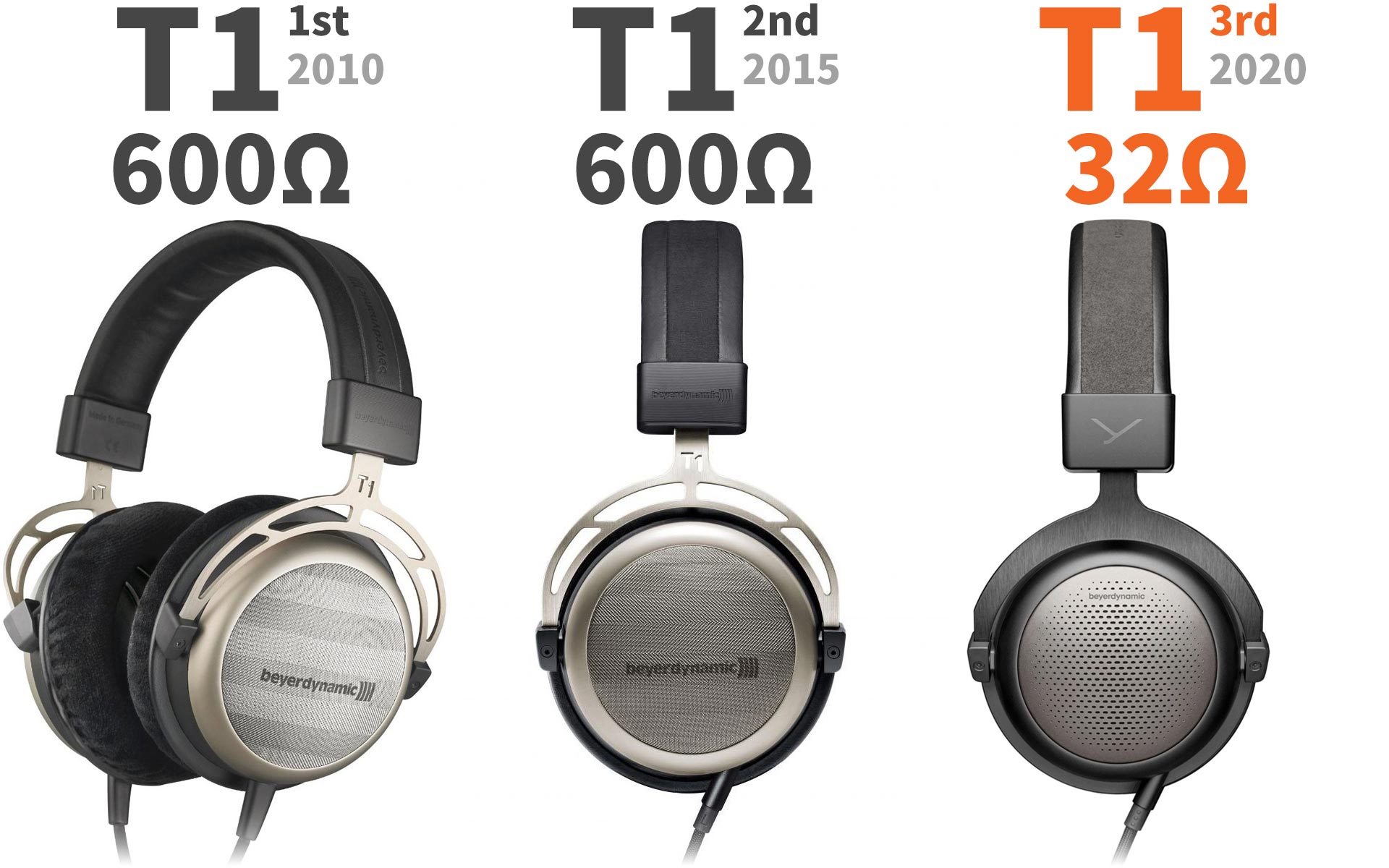
Farewell to High Impedance! Beyerdynamic DT-1770/1990 PRO MKII "Upgraded" to 30 Ohms
Share this article
The trend towards "low-impedance" consumer headphone models from Beyerdynamic has become quite apparent. Starting with the 32Ω T1 3rd generation, even their flagship models no longer use high-impedance designs.
If the top-of-the-line offerings have moved in this direction, the lower-tiered models are sure to follow suit.
While we've previously covered "the benefits of high-impedance headphones", this seems to be an overarching trend in the high-end headphone market. Even models like Focal Utopia 2nd gen and the AKG K812 have not exceeded 100Ω.

Some might claim this "low-impedance" approach is targeted at casual listeners, but frankly speaking, Beyerdynamic's own "Pro" series has also been undergoing this transformation.
Since the 80s, the DT-770/990 Pro models have always had 600Ω variants. But in the new millennium, these high-impedance options have gradually been phased out.
Beyerdynamic's move accelerated in 2020, with the DT-700/900 Pro X models released in 2021 featuring only 48Ω versions. And earlier this year, the new 770 Pro X came in at an even lower 45Ω.
Recently, Beyerdynamic's flagship professional monitoring headphones are now also embracing lower impedance:
Introducing the DT-1770 Pro MKII and DT-1990 Pro MKII.
The 1770 Pro MKII looks largely unchanged, but the fit may be more comfortable.
The nominal headband pressure has decreased from 7.2N to 6N (±5N, no error margins for the 1st gen).
While lower pressure can lead to sound leakage, ambient noise attenuation has actually improved from 21dBA to 25dBA, which is an interesting engineering feat.

The 1990 Pro MKII has a revised appearance as well.
Though I personally preferred the look of the previous generation. The new design seems a bit too close to the DT-990 Pro for my taste - it's getting harder to tell them apart.

The most important change is the Tesla driver.
It has been upgraded from the previous Tesla 2.0 to a new driver called Tesla.45. The impedance has dropped from 250Ω to 30Ω.
Will it be easier to "drive"? Not necessarily, as the sensitivity has also decreased.
The first-generation 1770 Pro had a sound pressure level of 102dB/mW (@ 1mW/500Hz), while the new one is 95dB/mW (@ 1mW/500Hz), which is even lower than the 96dB/mW of the DT-770 Pro.

So what are the advantages of the new driver?
According to the official claims, it has lower distortion. The second-generation model has reduced distortion by 0.01%.
As we discussed in our "Why High-Impedance Headphones Are Better" video, high-impedance headphones are designed for lower distortion (and greater low-end excursion).
If lower distortion can be achieved without the need for high impedance, then there may indeed be less justification for using high-impedance designs.
Interestingly, the distortion of 1770 Pro MKII has decreased from 0.05% to 0.04%, but the one of 1990 Pro MKII has actually increased from 0.05% to 0.06%...
**However, the full picture of the official specs is not yet available, so perhaps the 1990 Pro MKII has other improvements, such as increased accuracy.

Other than that, there don't seem to be many other changes...
The accessories and cables are the same as the first-generation models, and we've put together a comparison table of these models.

Does this mean a price increase? Not really.
The original 1770 / 1990 Pro models were launched in 2015 at $599, so the second-generation models are maintaining the same launch price.
The only difference is that the first-generation models are now being cleared out, so if you can't accept the 30Ω of the new ones, the discounted first-gen models can still be an excellent choice.
After the high-impedance T1 2nd generation was discontinued, its price skyrocketed to $1499 on Amazon. But the new T1 3rd (launched at $1299) is now selling for $799 on Amazon, effectively becoming a mid-range headphone option.
